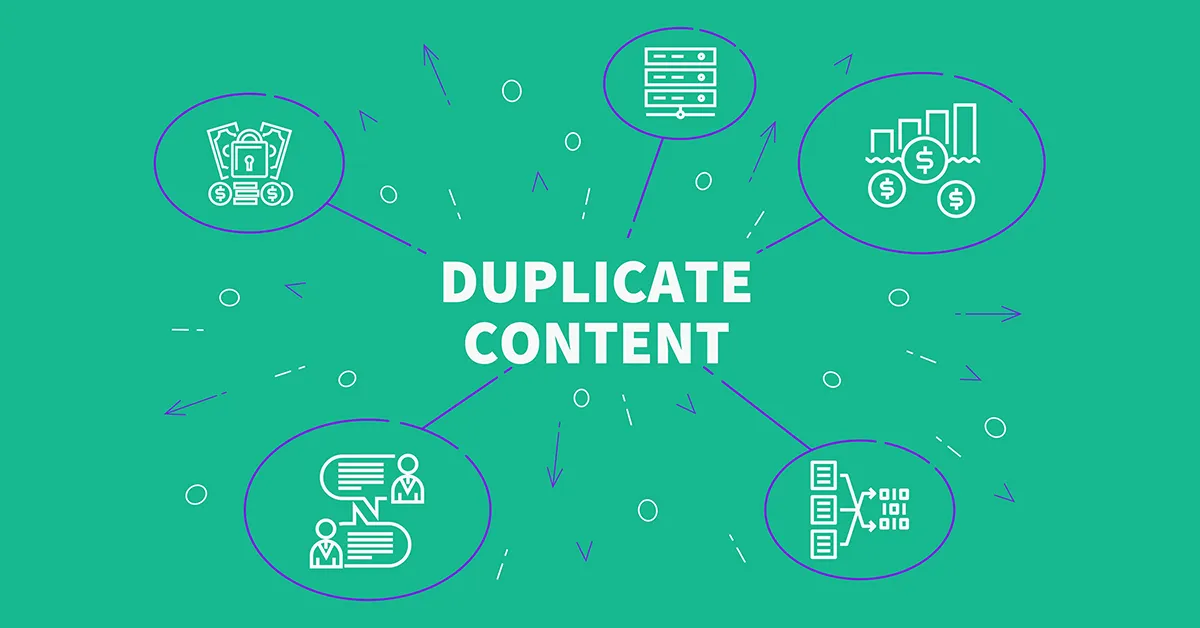Duplicate Content | The What and the How

Duplicate content is a common issue within the digital marketing world; in fact, so common that rarely do we see new clients without some sort of duplicate issues not being managed in an SEO friendly way. Why is Duplicate Content important? We get asked this question quite often, and the answer is that the duplicate content on your site can effect not only the pages with duplicate content, but the entire site. From a technical SEO perspective, it is often one of the most critical problems we address.
Why is it so common?
Duplicate content is common because of the ways it can be created. It doesn’t only exist when you copy and paste content from an existing page, or when you use syndicated content. Many instances arise from URL issues. For example, let’s say AdLIft had a page called www.adlift.com/duplicate-content. We might also have a page called www.adlift.com/duplicate-content/, which is the same page except has a trailing slash at the end. Things like captialization, and trailing slashes are actually seen by the search engines as different pages, which means they see different pages with the same content. Other examples of URL issues include www vs non www versions, http vs https and more. Many e-commerce sites have filters within the product pages, and when those filters are selected, the main content may stay the same while the URL changes, causing duplicate content.
What Should I do About it?
The answer to this question depends on the situation. Without over complicating you can use the following options:
301 Redirect: For most URL issues, or if you have a new version of a page, you want to permanently redirect to the proper location. Using a 301 will also pass over a majority of any link equity which is important to consider if you currently have any 302 (temporary redirects). An example of using this strategy would be if we used added a 301 to www.adlift.com/forums to www.adlift.com/forums/.
Canonical Tags: For tracking codes, session IDs, e-commerce filters you will want to use a canonical tag that points to the page that you designate. For example if we had a page like www.adlift.com/forums/testimonials and another page www.adlift.com/forums/testimonials/php?p=100012 then we would add a canonical tag and the second url pointing to the previous URL.
Are They any Other Ways?
The canonical and 301 redirect are the most ideal ways to handle any dupclicate content; however, there are others ways as well that you might find more useful in certain situations. You can simply block the url or the folder in your robots.txt file or you can control the behavior of the search bots by adding a “meta nonindex” tag. There are some other strategies such as parameter blocking, URL removal and 404 pages, but these rarely will you find a need for these.

